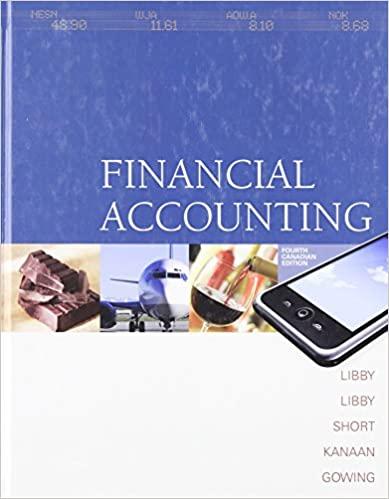Cedar Fair, L. P. (Limited Partnership), is one of the largest amusement park operators in the world,
Question:
Cedar Fair, L. P. (Limited Partnership), is one of the largest amusement park operators in the world, owning 11 amusement parks, five outdoor water parks, and one indoor water park. Parks in the United States include Cedar Point in Ohio; Valleyfair near Minneapolis/St. Paul; Dorney Park and Wildwater Kingdom near Allentown, Pennsylvania; Worlds of Fun/Oceans of Fun in Kansas City; and Great America in Santa Clara, California. It also operates Canada's Wonderland, near Toronto. The following are summarized transactions similar to those that occurred in a recent year (amounts in thousands of dollars):
a. Guests at the parks paid \(\$ 566,266\) cash in admissions.
b. The primary operating expenses (such as employee wages, utilities, and repairs and maintenance) for the year were \(\$ 418,550\), with \(\$ 398,574\) paid in cash and the rest on account.
c. Interest paid on long-term borrowings was \(\$ 129,561\).
d. The parks sell food and merchandise and operate games. The cash received during the year for these combined activities was \(\$ 355,917\).
e. The cost of products sold during the year was \(\$ 90,626\).
f. Cedar Fair purchased and built additional buildings, rides, and equipment during the year, paying \(\$ 83,481\) in cash.
g. The most significant assets for the company are land, buildings, rides, and equipment. Therefore, a large expense for Cedar Fair is depreciation expense (related to the using of these assets to generate revenues during the year). The amount for the year was \(\$ 124,500\) (credit accumulated depreciation).
h. Guests may stay at accommodations owned by the company at the parks. During the year, accommodations revenue was \(\$ 74,049 ; \$ 73,612\) was paid by the guests in cash and the rest was on account.
i. Cedar Fair paid \(\$ 17,450\) on notes payable.
j. The company purchased \(\$ 92,326\) in food and merchandise inventory for the year, paying \(\$ 90,538\) in cash and the rest on account.
k. The selling, general, and administrative expenses (such as the president's salary and advertising for the parks, those not classified as operating expenses) for the year were \(\$ 131,882 ; \$ 130,539\) was paid in cash and the rest was on account.
l. Cedar Fair paid \(\$ 6,452\) on trade payables during the year.
Required:
1) Prepare a journal entry to record each of these transactions. Use the letter of each transaction as its reference.
2) Show the effects (direction and amount) of each transaction on profit and cash.
3) Indicate the direction of the effect (increase, decrease, or no effect) of each of the transactions
(a) through ( \(l\) ) on the total asset turnover ratio, and provide an explanation for your answer. Cedar Fair's total asset turnover ratio was 0.56 in the previous year. For example, transaction
(a) increases the ratio. Both sales and total assets would increase. Since the ratio is less than 1.0, the increase in sales (the numerator) is proportionally higher than the increase in total assets (the denominator).
Step by Step Answer:

Financial Accounting
ISBN: 9780070001497
4th Canadian Edition
Authors: Patricia A. Libby, Daniel Short, George Kanaan, Maureen Libby Gowing, Robert Libby





